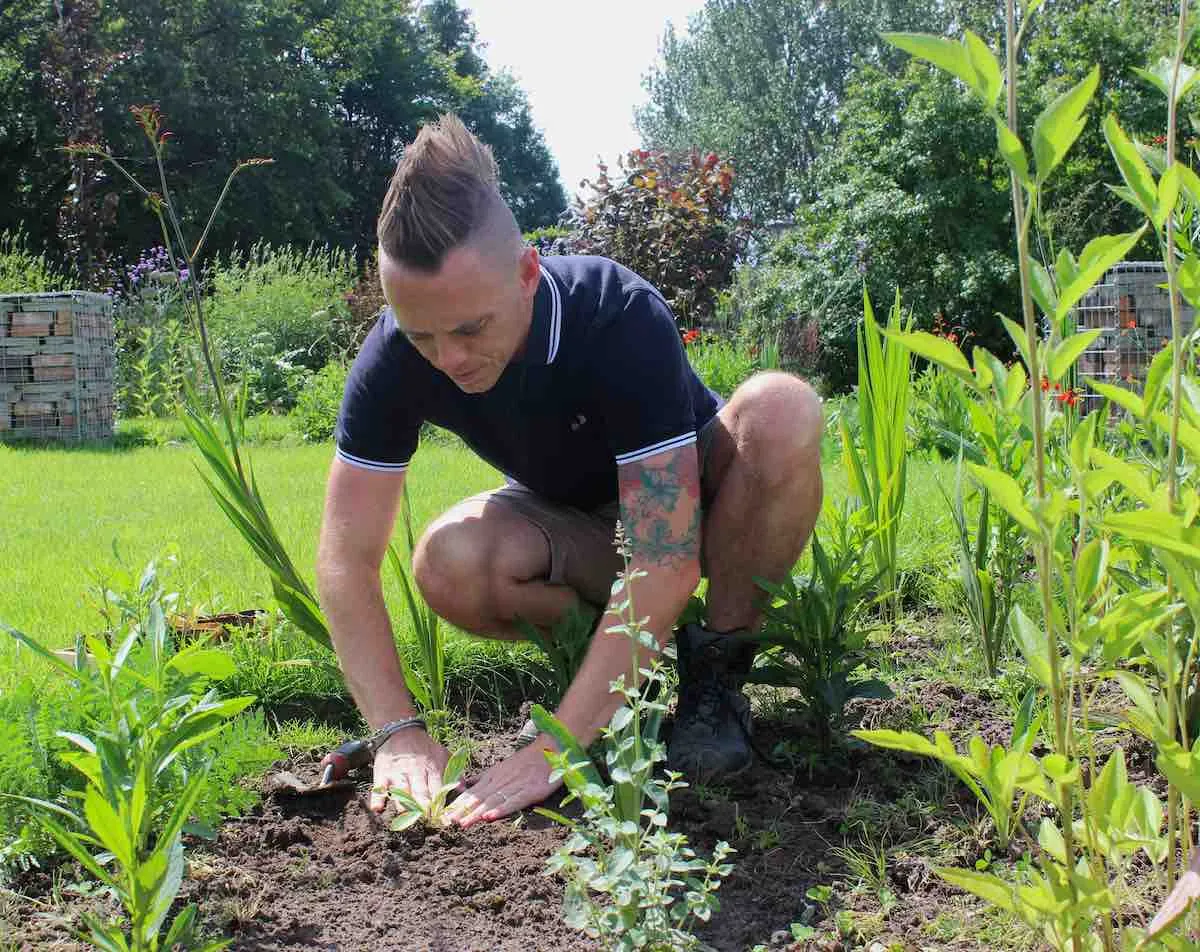Hi @trailguru
I'm sorry to hear about your Rudbeckia, they are one of my all time favourite plant genus. Sadly I think this isn't lack of water or scorch but Verticillium dahliae which is a wilt disease.
Verticillium dahliae is a soil-borne fungus that causes Verticillium wilt, affecting a wide range of plants, including Rudbeckia (commonly known as Black-eyed Susans). This pathogen attacks the plant's vascular system, leading to wilting and eventual death if not managed.
Symptons of Verticillium dahliae
- Wilting One of the first signs is wilting, starting with older leaves. Despite adequate watering, affected leaves turn yellow, curl, and eventually brown.
- Stunted Growth Infected Rudbeckia plants may show stunted growth, with fewer and smaller flowers or flower that fail to open properly and just sag.
- Vascular Discoloration Cutting into the stem may reveal brown streaks in the vascular tissue, a hallmark of Verticillium wilt.
Treatment of Verticillium dahliae
Verticillium dahliae, the cause of Verticillium wilt, is a challenging pathogen to manage because it persists in the soil for many years and isn't treatable with sprays or other garden centre-bought treatments. While there is no cure for plants once they are infected, the best way to help manage the disease is to remove ad destroy the plants immediately and reduce its impact on your garden.
Remove and burn/dispose of any plants showing symptoms of Verticillium wilt. This prevents the fungus from spreading to healthy plants. Do not compost infected plant material, as the fungus can survive and spread through compost.
I'm sorry to be the bearer of bad news, but timely removal and destruction are the best ways to reduce the spread of the virus.
Do let us know how you get on!
Lee Garden Ninja
Hi @trailguru
I'm sorry to hear about your Rudbeckia, they are one of my all time favourite plant genus. Sadly I think this isn't lack of water or scorch but Verticillium dahliae which is a wilt disease.
Verticillium dahliae is a soil-borne fungus that causes Verticillium wilt, affecting a wide range of plants, including Rudbeckia (commonly known as Black-eyed Susans). This pathogen attacks the plant's vascular system, leading to wilting and eventual death if not managed.
Symptons of Verticillium dahliae
- Wilting One of the first signs is wilting, starting with older leaves. Despite adequate watering, affected leaves turn yellow, curl, and eventually brown.
- Stunted Growth Infected Rudbeckia plants may show stunted growth, with fewer and smaller flowers or flower that fail to open properly and just sag.
- Vascular Discoloration Cutting into the stem may reveal brown streaks in the vascular tissue, a hallmark of Verticillium wilt.
Treatment of Verticillium dahliae
Verticillium dahliae, the cause of Verticillium wilt, is a challenging pathogen to manage because it persists in the soil for many years and isn't treatable with sprays or other garden centre-bought treatments. While there is no cure for plants once they are infected, the best way to help manage the disease is to remove ad destroy the plants immediately and reduce its impact on your garden.
Remove and burn/dispose of any plants showing symptoms of Verticillium wilt. This prevents the fungus from spreading to healthy plants. Do not compost infected plant material, as the fungus can survive and spread through compost.
I'm sorry to be the bearer of bad news, but timely removal and destruction are the best ways to reduce the spread of the virus.
Do let us know how you get on!
Lee Garden Ninja
 Lee Burkhill: Award Winning Designer & BBC 1's Garden Rescue Presenters Official Blog
Lee Burkhill: Award Winning Designer & BBC 1's Garden Rescue Presenters Official Blog



